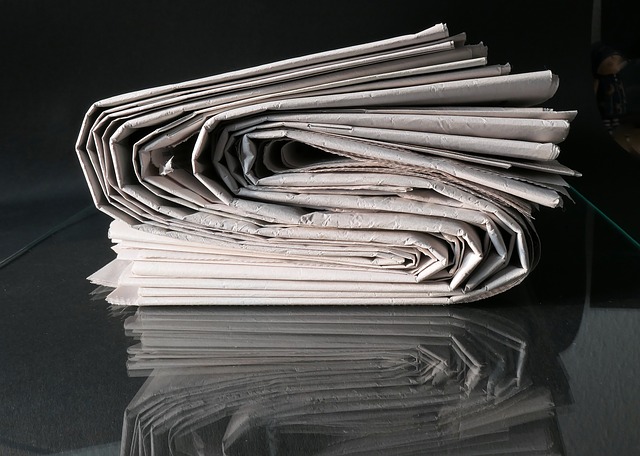Whatever it is that you’re promoting, be it a band, a book or a small business, a media press kit is an important aspect of bringing the word out. See it as your ultimate liaison with bloggers, investors, and anyone else you want to connect with. Without a good press kit, it’s likely that whatever you want to publicize will end up going nowhere.
Many people won’t bother to ask for much information about a product, brand or other property higher than what is in a press kit that you give to them. Because of that, you should make sure that your media components contains all of the elements required for helping them create an informative and favorable content.
Remember that what you put in a press kit doesn’t need to have all of the following examples. In fact, cramming in too much stuff might just overwhelm your target audience, and that’s probably not how you want to present yourself. Create a press kit using the ingredients that best describe your company or product’s value.
Pitch letter
Logically, a pitch letter will be the first part of your press kit that the media will notice. It will resemble the cover letter you might send with your resume when applying for a job; it should both “captivate” people in and effectively summarize your whole message.
Just like a normal cover letter, your pitch probably shouldn’t pass a page. Give the reader an introduction to your company or brand and get them hooked up in your story. You can give a brief summary here of the other materials you’ve included in your press kit. Your pitch letter (as well as the rest of your documents) should have contact info in a well-positioned location. Printing this information ensures that bloggers and reporters can contact you with any questions.
Fact sheet or resume
This is the meat and potatoes of your press kit; the crux of the message you’re trying to put forth. A fact sheet is basically your company’s resume. It should present your company’s background and history as well as identify its managers and points of contact.
In certain cases, you might be using a press kit to uplift yourself rather than a company or brand. If you’re working for yourself or for someone (such as a motivational speaker or DJ), then you are effectively your company. These are avenues where you’d want to put up a personal resume in place of a fact sheet.
Press releases and clippings
If you’ve carefully kept up with your company’s public relations, you may already have a number of press releases designed for your press kit. Any newsworthy piece (such as the introduction of a new product or service) should be added here. Only add documents from within the last year; old releases from ancient history will make your company look outdated or on the decline.
You’ll also want to use contents or reviews written by outside sources (such as local newspapers). They don’t always have to mention your company directly; they could ordinarily be about your industry and, by association, showcase your company’s importance. This raises your position and shows the media that you’re worth covering.
Multimedia
A press kit that’s nothing but content is awfully a garbage. Break up all of that black-and-white with a few color photographs of your products or employees. Include a headline with each photo that gives some background and identifies any top figure individual.
Printing high-quality versions of your most significant photos is a good idea, but you can also place images on a CD, DVD, or USB drive. These mediums are best for storing video or audio files that are relevant to your company (such as public appearances, local TV news packages or radio interviews). It’s easy to customize press kit folders with CD holders or USB slots, which means that multimedia can fit very neatly into your media package.
